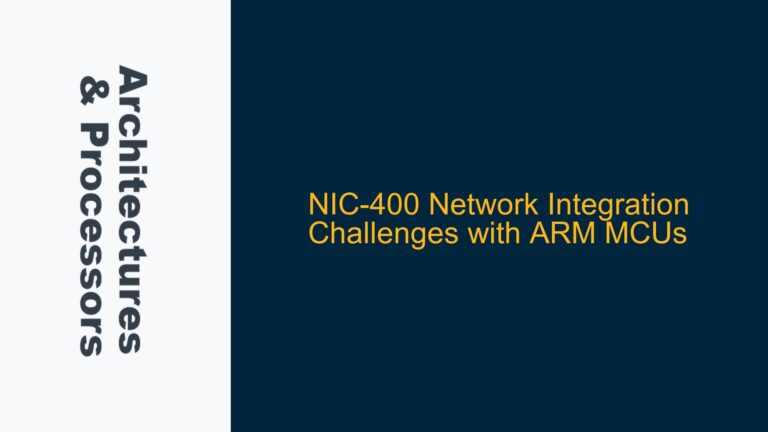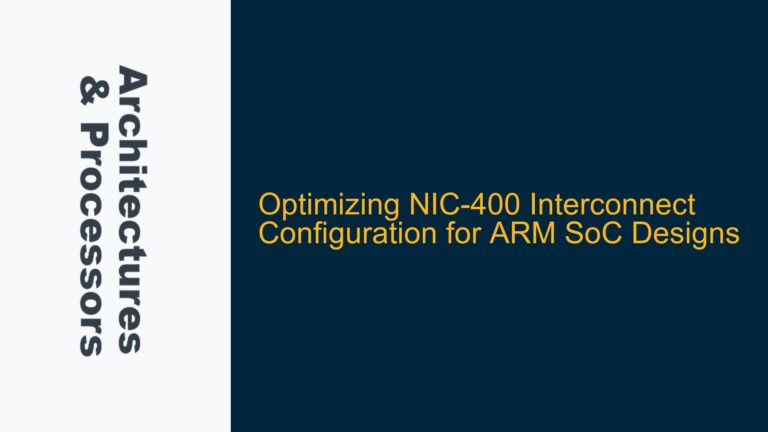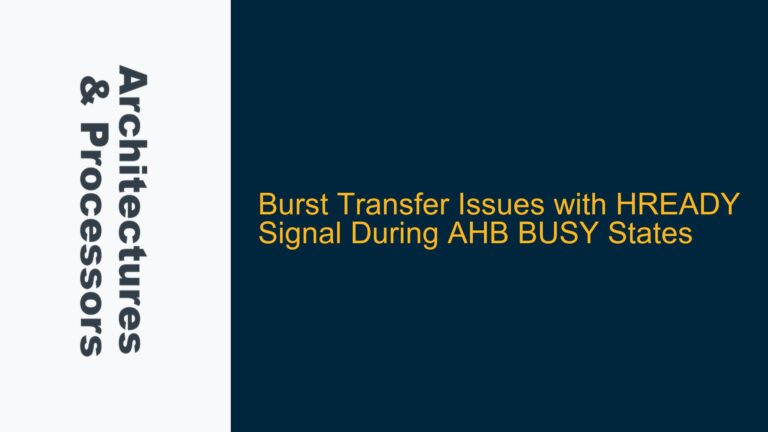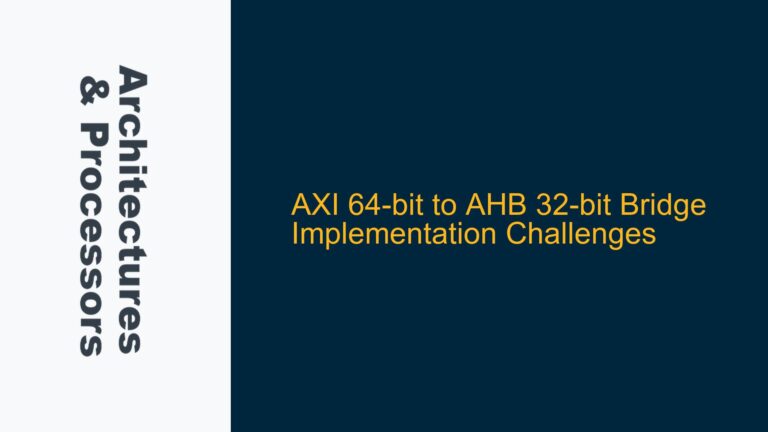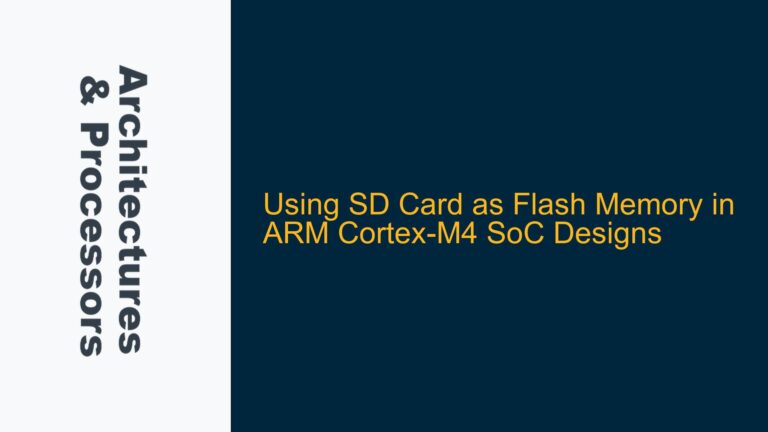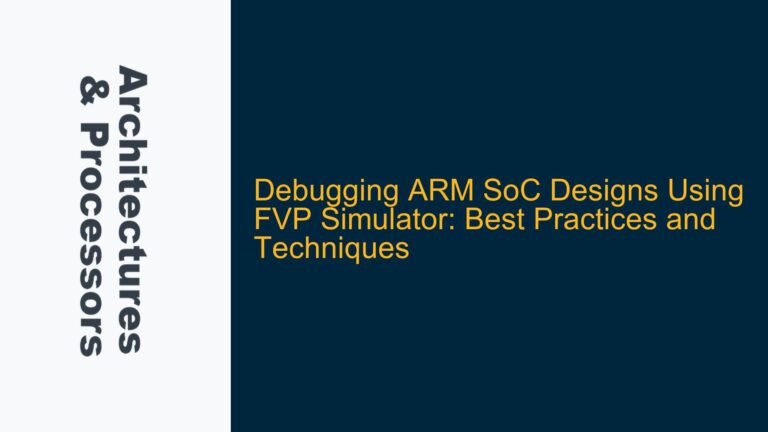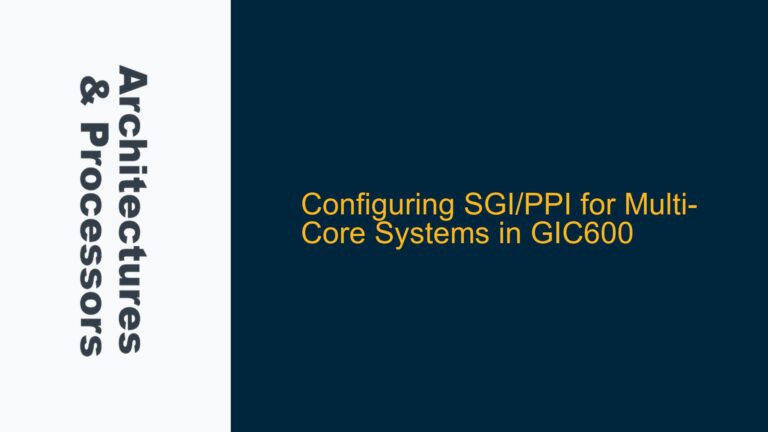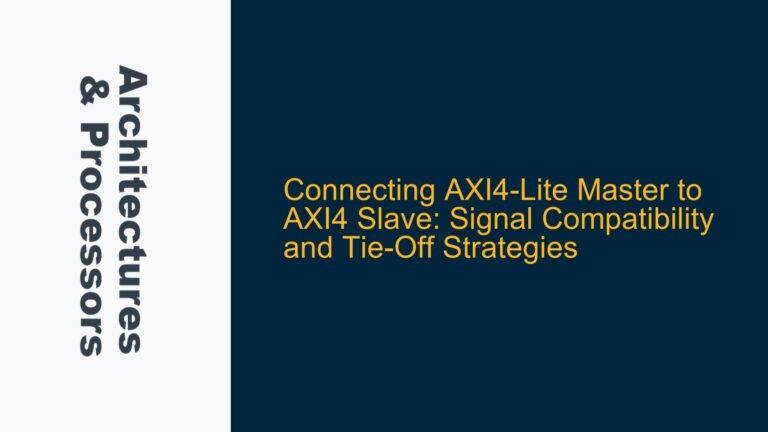NIC-400 Network Integration Challenges with ARM MCUs
NIC-400 Network Suitability for ARM MCU Integration The integration of the NIC-400 network interconnect with ARM-based MCUs presents a unique set of challenges and considerations. The NIC-400, a highly configurable network interconnect from ARM, is designed to facilitate efficient communication between various components in a System-on-Chip (SoC). However, when integrating the NIC-400 with ARM MCUs,…
